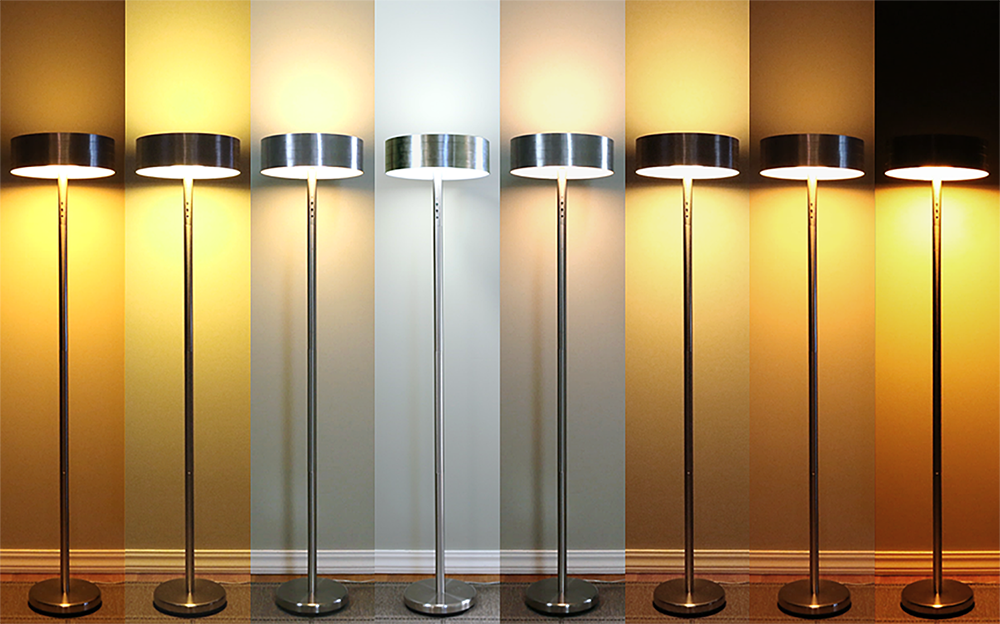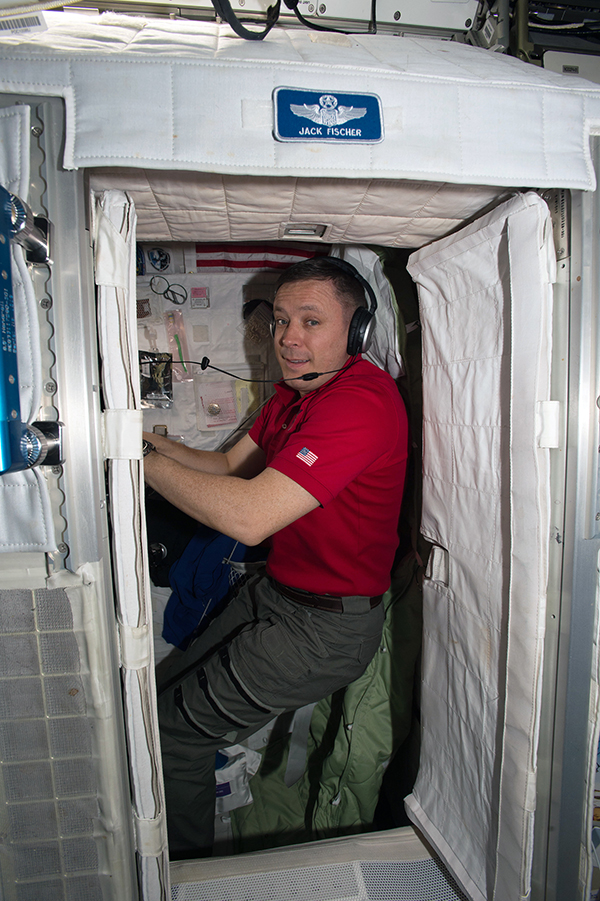
From a Lightbox to Lamps
Subheadline
Wireless LED lamps keep people’s circadian rhythm in check
Dale Dell’Ario had a glowing box in his living room, and he wanted to share it.
Dell’Ario had retired in 2013 from a long career in medical device manufacturing, where he’d developed lighting for phototherapy treatments. These high-intensity blue lights are used to treat ailments such as infant jaundice and other skin conditions. Because he was familiar with the science and engineering behind light therapies, he wanted to do something that would help in ways beyond medicine.
For two decades, the National Space Biomedical Research Institute (NSBRI) looked at the ways long-duration spaceflight affected astronauts, funded with grants from NASA’s Johnson Space Center in Houston. NSBRI research from Harvard Medical School’s Steven Lockley found that when photoreceptors in the eye sensed blue light, the brain suppressed production of melatonin, the chemical in the brain that manages sleep.
Dell’Ario had read Lockley’s research and attended a lecture with his team. Armed with this new knowledge, he decided to use his experience creating light fixtures to make something that could help people reset like astronauts, who battle multiple sunrises and sunsets that can cause havoc on the internal body clock.
“I wanted to design a lamp that provided blue light in the morning and removed it in the evening,” Dell’Ario said.
He constructed a prototype using LEDs with adjustable colors in a wooden box, which sat on his coffee table until he showed it to his neighbor, who made frequent plane trips for work. Because the neighbor, Brian Hoskins, always returned tired from traveling and crossing multiple time zones that confused his body clock, Dell’Ario let him borrow the prototype, and he was immediately smitten.
“I tried the light and it immediately made me sleep better,” Hoskins said. “This light really helped to reset me.”
The pair founded Seattle-based Ario in 2015, with Hoskins helping incorporate an internet connection to the light to enable automatic, time-based color adjustments. The final version is an adjustable floor or table lamp with WiFi connectivity and a motion sensor.
The Ario Lamp’s creators say it can be found in thousands of homes. While the lamp is primarily aimed at individuals looking to manage their circadian rhythms, it has also found success in the hospitality industry. Stanford University also installed the Ario Lamp in its housing for business school students and on-campus hotel for visiting executives who need to recover from jet lag.

On the space station, these tiny cabins are where astronauts get shut-eye. Working under artificial light and experiencing more than a dozen sunrises and sunsets each day could disrupt astronauts’ body clocks, and for decades NASA funded research into mitigating this. Credit: NASA

The Ario Lamp, based on NASA-funded research into circadian rhythms, changes color throughout the day to help alleviate jet lag, promote better sleep, and improve wakefulness. Credit: Ario













